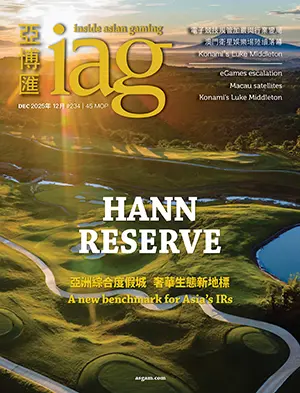John Quelch of Harvard Business School lists eight factors companies should bear in mind when making their marketing plans for the coming year
The spillover from the subprime mortgage crisis has weakened both consumer confidence and consumer spending—much of it on credit—that had buoyed the US economy.
In their marketing plans for 2009, companies should:
1. Research the customer. Instead of cutting the market research budget, you need to know more than ever how consumers are redefining value and responding to the recession. Price elasticity curves are changing. Consumers take more time searching for durable goods and negotiate harder at the point of sale. They are more willing to postpone purchases, trade down, or buy less. Must-have features of yesterday are today’s can-live-withouts. Trusted brands are especially valued and they can still launch new products successfully, but interest in new brands and new categories fades. Conspicuous consumption becomes less prevalent.
2. Focus on family values. When economic hard times loom, we tend to retreat to our village. Look for cozy hearthand- home family scenes in advertising to replace images of extreme sports, adventure, and rugged individualism. Zany humor and appeals on the basis of fear are out. Greeting card sales, telephone use, and discretionary spending on home furnishings and home entertainment will hold up well, as uncertainty prompts us to stay at home but also stay connected with family and friends.
3. Maintain marketing spending. This is not the time to cut advertising. It is well documented that brands that increase advertising during a recession, when competitors are cutting back, can improve market share and return on investment at lower cost than during good economic times. Uncertain consumers need the reassurance of known brands, and more consumers at home watching television can deliver higher than expected audiences at lower cost-perthousand impressions. Brands with deep pockets may be able to negotiate favorable advertising rates and lock them in for several years. If you have to cut marketing spending, try to maintain the frequency of advertisements by shifting from 30-second to 15-second advertisements, substituting radio for television advertising, or increasing the use of direct marketing, which gives more immediate sales impact.
4. Adjust product portfolios. Marketers must reforecast demand for each item in their product lines as consumers trade down to models that stress good v a l u e , such as cars with fewer options. Tough times favor multipurpose goods over specialized products, and weaker items in product lines should be pruned. In grocery-products categories, good-quality own-brands gain at the expense of national brands. Industrial customers prefer to see products and services unbundled and priced separately. Gimmicks are out; reliability, durability, safety, and performance are in. New products, especially those that address the new consumer reality and thereby put pressure on competitors, should still be introduced, but advertising should stress superior price performance, not corporate image.
5. Support distributors. In uncertain times, no one wants to tie up working capital in excess inventories. Early-buy allowances, extended financing, and generous return policies motivate distributors to stock your full product line. This is particularly true with unproven new products. Be careful about expanding distribution to lower priced channels; doing so can jeopardize existing relationships and your brand image. However, now may be the time to drop your weaker distributors and upgrade your sales force by recruiting those sacked by other companies.
6. Adjust pricing tactics. Customers will be shopping around for the best deals. You do not necessarily have to cut list prices, but you may need to offer more temporary price promotions, reduce thresholds for quantity discounts, extend credit to long-standing customers, and price smaller pack sizes more aggressively. In tough times, price cuts attract more consumer support than promotions such as sweepstakes and mail-in offers.
7. Stress market share. In all but a few technology categories where growth prospects are strong, companies are in a battle for market share and, in some cases, survival. Knowing your cost structure can ensure that any cuts or consolidation initiatives will save the most money with minimum customer impact. Companies such as Wal-Mart and Southwest Airlines, with strong positions and the most productive cost structures in their industries, can expect to gain market share. Other companies with healthy balance sheets can do so by acquiring weak competitors.
8. Emphasize core values. Although most companies are making employees redundant, chief executives can cement the loyalty of those who remain by assuring employees that the company has survived difficult times before, maintaining quality rather than cutting corners, and servicing existing customers rather than trying to be all things to all people. CEOs must spend more time with customers and employees. Economic recession can elevate the importance of the finance director’s balance sheet over the marketing manager’s income statement. Managing working capital can easily dominate managing customer relationships. CEOs must counter this. Successful companies do not abandon their marketing strategies in a recession; they adapt them.
John Quelch is Senior Associate Dean and Lincoln Filene Professor of Business Administration at Harvard Business School. This article originally appeared in The Financial Times of London
































